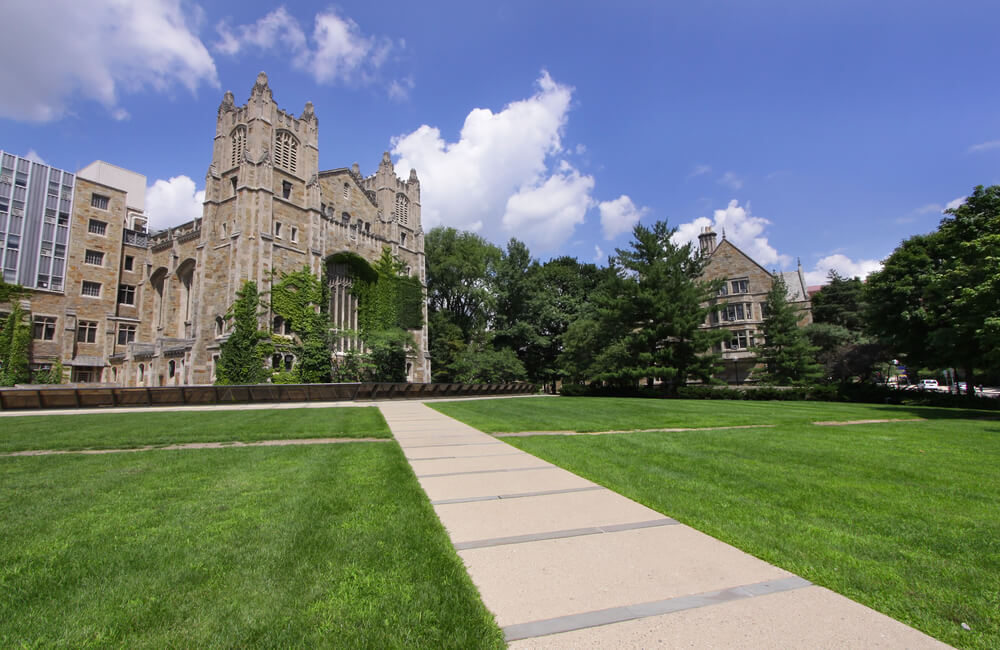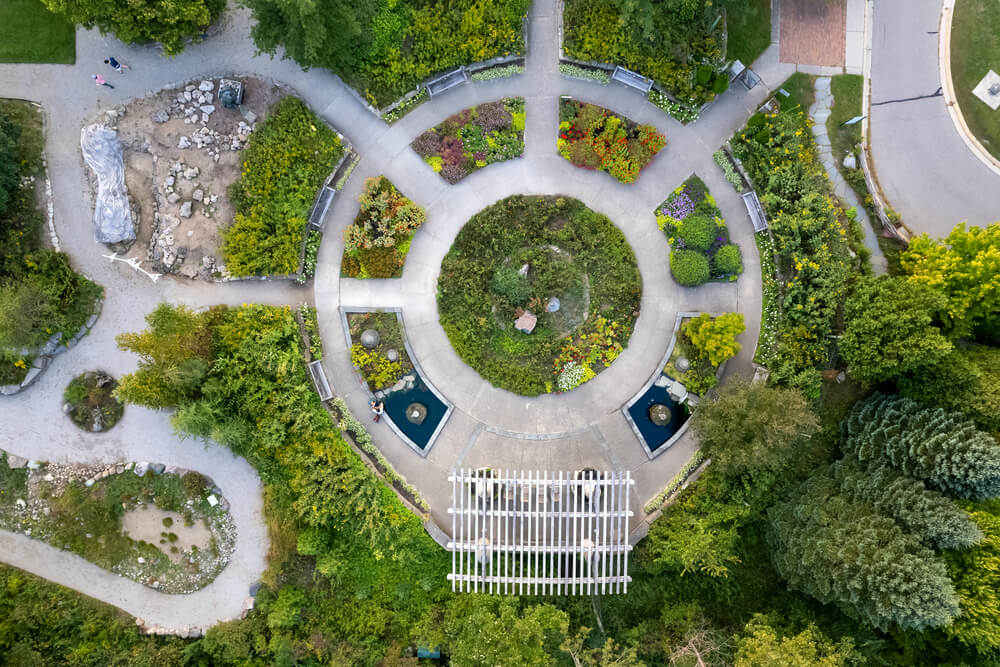Ann Arbor, Michigan: A Vibrant City of Culture and History
Introduction
Ann Arbor, the quintessential college town in Michigan, is renowned for its vibrant cultural scene, historic significance, and diverse neighborhoods. This essay delves into the heart of Ann Arbor, exploring its history, notable neighborhoods, attractions, and statistical data.
History of Ann Arbor
- Founding: Ann Arbor was founded in 1824, named after the wives of the city’s founders and the stands of oak trees in the area.
- University of Michigan: Established in 1837, it has been a pivotal influence in the city’s development.
- Cultural Growth: Ann Arbor has evolved into a hub of arts, education, and technology.
Neighborhoods of Ann Arbor
Ann Arbor’s neighborhoods are as diverse as its people. Below is a table highlighting some key neighborhoods and their notable features:
| Neighborhood | Notable Features |
|---|---|
| Kerrytown | Historic district, boutique shops |
| Burns Park | Family-friendly, parks, and schools |
| Bryant Pattengill | Affordable, diverse community |
| Old West Side | Historic homes, tree-lined streets |
| Downtown | Vibrant nightlife, restaurants, shops |
| Northside | Scenic views, access to nature trails |
Notable Attractions
- University of Michigan Campus: Iconic landmarks, museums, and the famous Big House stadium.
- Matthaei Botanical Gardens & Nichols Arboretum: A haven for nature lovers.
- Ann Arbor Art Fair: One of the largest outdoor art fairs in the U.S.
- Michigan Theater: Historic theater showcasing independent films and performances.
Statistical Data
- Population: Approximately 120,000.
- Economy: Strong emphasis on education, health services, and technology.
- Education: High percentage of residents with advanced degrees.
Conclusion
Ann Arbor, with its rich history, diverse neighborhoods, and cultural significance, is a city that offers something for everyone. Whether you’re a student, a professional, or a visitor, Ann Arbor promises an experience filled with discovery and inspiration.

